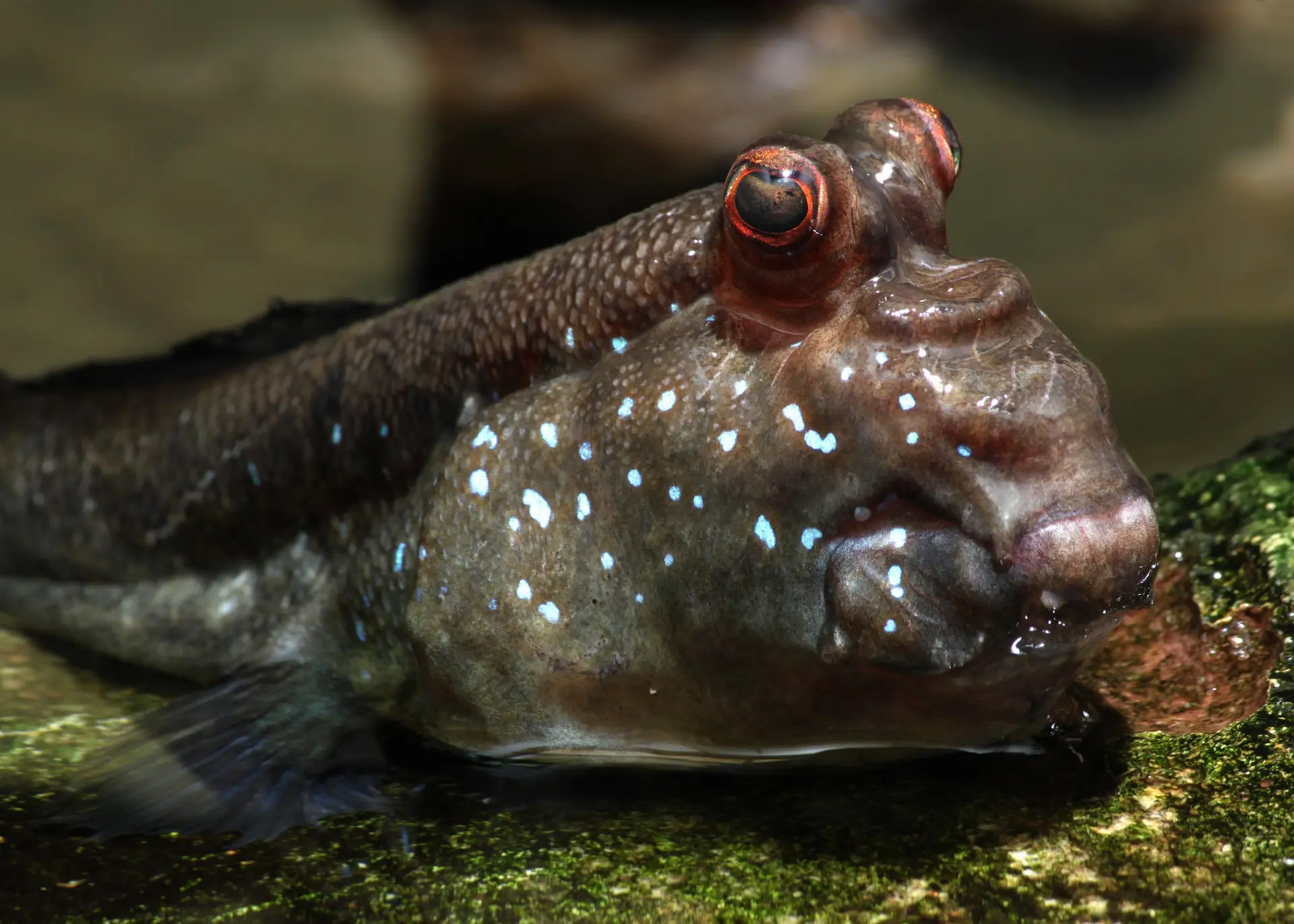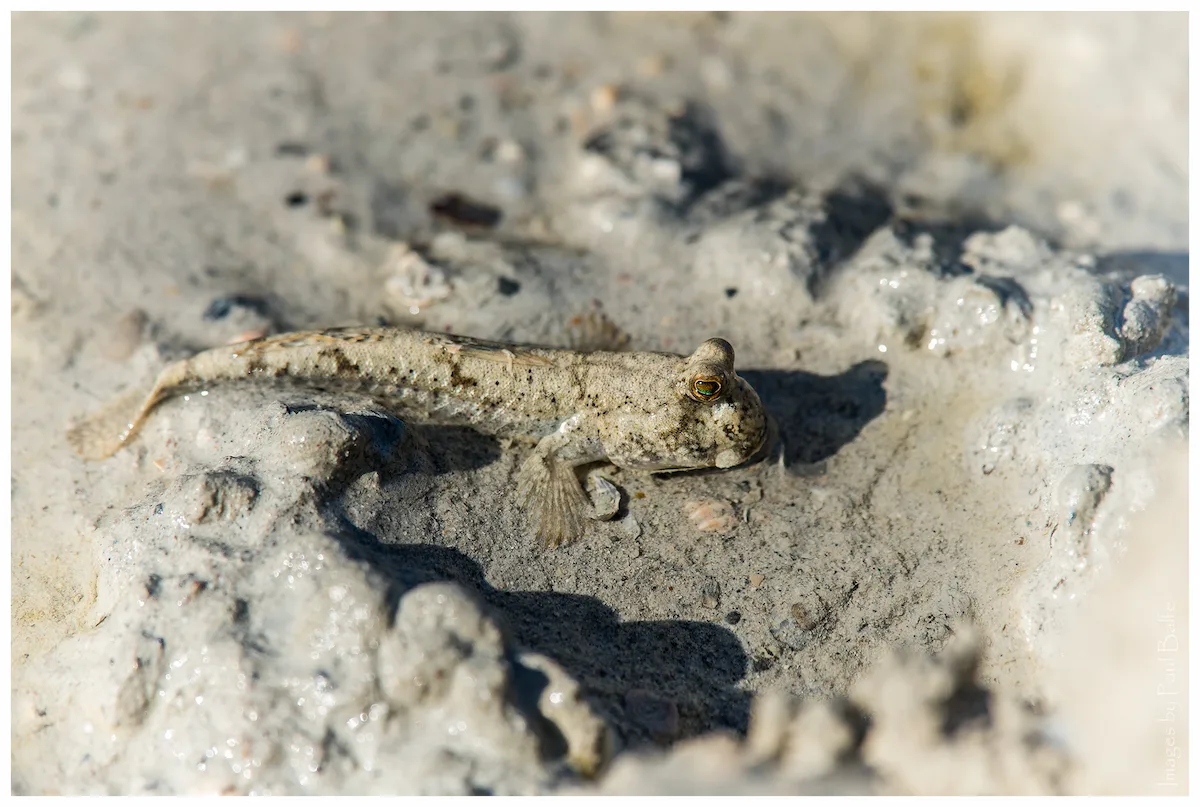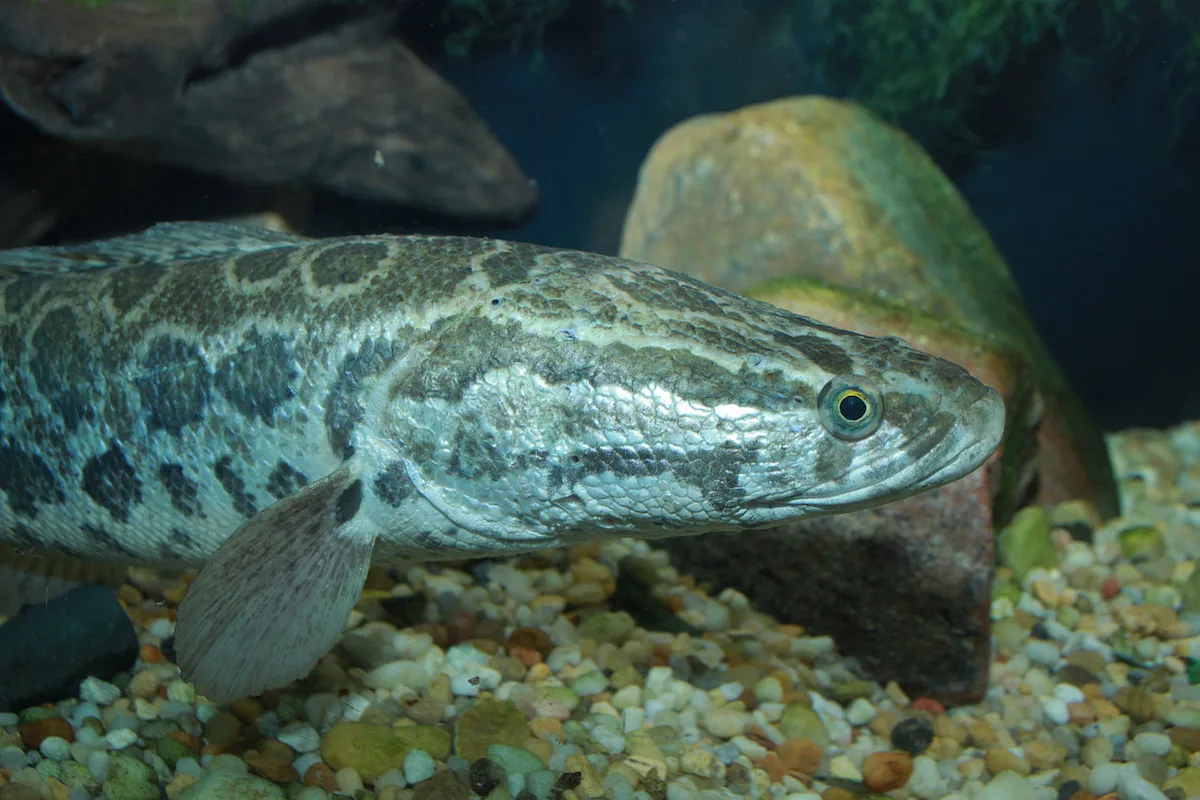Can Fish Breathe Air?
The answer might surprise you

All animals—whether fish, dog, snail or human—need to breathe. We take in oxygen and process it through tiny mitochondria (also known as the power houses of the cell) and expel carbon dioxide—a method that powers the rest of our bodies and gets rid of waste. How exactly animals take in that oxygen can vary, though. (Side note—scientists recently discovered the first animal that doesn’t breathe oxygen at all, a parasitic “blob” called Henneguya salmincola. But I digress.)
Humans breathe in oxygen from the air using our lungs, but water-dwellers need a different mechanism. Fish and many other ocean animals use gills, branching organs that have many, many small blood vessels called capillaries. As a fish opens its mouth, water runs over the gills, and blood in the capillaries picks up oxygen that’s dissolved in the water. Then the blood moves through the fish’s body to deliver the oxygen, just like in humans.
Get Ocean Updates in Your Inbox
Sign up with your email and never miss an update.
It’s a system that works well in aquatic environments, where oxygen is much less concentrated than in the air. But gills don’t translate outside the water—that’s why no fish can breathe air. Well, most fish can’t.
As with many things in nature, there are exceptions to this air-breathing rule. Across the planet, some fish have evolved unique adaptations that allow them to thrive outside the water.
Here are three amphibious fish that can breathe both in water and on land:
African lungfish

The name “lungfish” refers to any of the six species in the subclass Dipnoi. The largest of these is the African lungfish, which can grow to about seven feet long. Lungfish get their name from—you guessed it—their lungs. Although African lungfish have gills that they can use to breathe underwater, they also have a modified swim bladder that acts as lungs on land. In times of drought, they can dig into the mud, cover themselves in slime and go dormant, relying on their lungs to breathe until water returns and they can emerge from their muddy cocoon.
Mudskippers

Found in mangroves in Africa and the Indo-Pacific, mudskippers are known for their wild acrobatics on land. They can breathe through their skin and mouth lining as long as they stay moist (which is easy to do in a swampy mangrove habitat). As long as they’re slightly wet, the world is their oyster! They can use their front fins to fling themselves up rocks, climb up mangrove roots and perform dramatic mating dances. Mudskippers can stay on land for days, which is especially helpful in times of low oxygen in the water.
Snakeheads

There are dozens of species in the Channidae family, also known as snakeheads. They have a special adaptation called a suprabranchial organ, essentially a primitive lung, that allows them to stay out of the water for up to four days. This makes them extremely hardy, especially in challenging conditions. This hardiness has also allowed some species of snakehead to survive and thrive outside of their native range—about 12 species are considered to be invasive.
If there’s one thing that air-breathing fish can teach us, it’s that we should never underestimate the power of nature—remembering that even seemingly fundamental rules can be broken. It’s also a reminder than these adaptations evolved over millions of years, but our planet is now changing faster than animals can adapt. Take action today to help Ocean Conservancy reduce human impacts on our ocean.